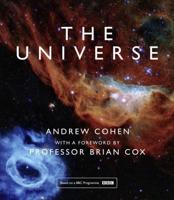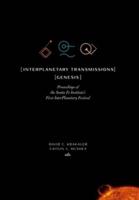Publisher's Synopsis
Fuel-rich catalytic combustion (ER is greater than 4) of the high density fuel exo-tetrahydrocyclopentadiene (JP-10) was studied over the equivalence ratio range 5.0 to 7.6, which yielded combustion temperatures of 1220 to 1120 K. The process produced soot-free gaseous products similar to those obtained with iso-octane and jet-A in previous studies. The measured combustion temperature agreed well with that calculated assuming soot was not a combustion product. The process raised the effective hydrogen/carbon (H/C) ratio from 1.6 to over 2.0, thus significantly improving the combustion properties of the fuel. At an equivalence ratio near 5.0, about 80 percent of the initial fuel carbon was in light gaseous products and about 20 percent in larger condensable molecules. Fuel-rich catalytic combustion has now been studied for three fuels with H/C ratios of 2.25 (iso-octane), 1.92 (jet-A), and 1.6 (JP-10). A comparison of the product distribution of these fuels shows that, in general, the measured concentrations of the combustion products were monotonic functions of the H/C ratio with the exception of hydrogen and ethylene. In these cases, data for JP-10 fell between iso-octane and jet-A rather than beyond jet-A. It is suggested that the ring cross-linking structure of JP-10 may be responsible for this behavior. All the fuels studied showed that the largest amounts of small hydrocarbon molecules and the smallest amounts of large condensable molecules occurred at the lower equivalence ratios. This corresponds to the highest combustion temperatures used in these studies. Although higher temperatures may improve this mix, the temperature is limited. First, the life of the present catalyst would be greatly shortened when operated at temperatures of 1300 K or greater. Second, fuel-rich catalytic combustion does not produce soot because the combustion temperatures used in the experiments were well below the threshold temperature (1350 K) for the formation of soot. Increasing t...












